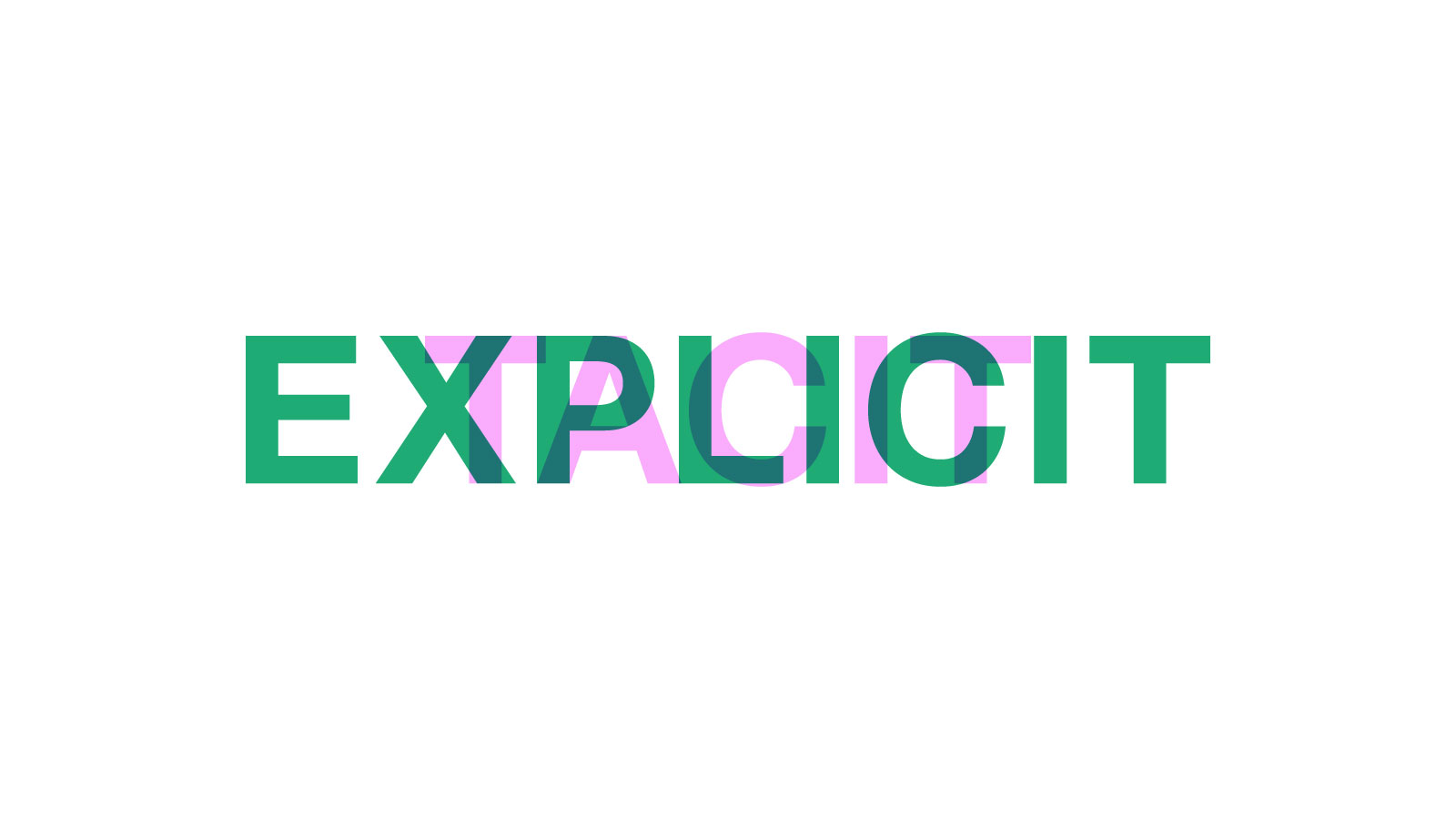Knowledge management systems and capturing the ideas of your talent with KM

For 17 years, we’ve been laboring over CKEditor, and we know some things about the knowledge management process — how it originates, how to capture it, and how to manage it with rich-text editing and collaborative features. This article is the first in a series on what to look for in choosing the best strategy for organizational knowledge management (KM) to implement in your software, e.g. in a content management system.
On a recent morning at CKEditor headquarters I was preparing breakfast in our kitchen — granola with banana slices and milk, nothing special. Typically I slice my banana sideways, but I noticed that a coworker, who on this day had a similar breakfast, was slicing into their banana lengthwise, and then sideways to ensure smaller pieces. Instead of trying to coax whole slices of banana onto my spoon, I could have been enjoying bite-size delights the whole time! I’ve been a lengthwise-slicer ever since.
People can be insecure beings but one thing we all have in common no matter your profession is the smug assurance that nobody else knows all the cool stuff we know as individuals. It’s even better when we get to show it off. Peacocking our tacit skills is how knowledge within an organization is commonly transferred among your staff. Informal settings like this contain innovative insights that could benefit any business greatly. Most of all, it’s of utmost importance to harness and manage it to develop your start-up, company, or other business venture.
# Benefits of knowledge management systems among workers

No matter how much cool stuff we know, there has to be a way to keep track of it all. Evernote is the world’s foremost personal knowledge management tool, allowing its users to make written, verbal, and visual notes for storing, among other things, the tacit knowledge they’ve acquired. The company has come out with quite a few innovative and useful products and accessories over the years and has also played with the idea of real-time collaborative writing. Their LiveMinutes app, which allowed for real-time group collaboration on text, was released in 2013 but support for it was dropped by 2015.
Evernote then took a step backwards with each following product. There’s Work Chat, which allows users to alternately chat and collaborate on notes, and then Spaces, which is essentially a business-oriented version of their main product. Credit goes to them for recognizing the need for companies to organize their information, and similarly make it shareable — something that a company like Atlassian recognized years ago and has been serving these needs with its own Confluence software ever since. However, Evernote’s two separate solutions would be more powerful working together in the same software.
With that said, we know collaborative software can be even better than that!
If you’re a decision-maker looking at knowledge management tool options for your own software solution, consider your talent’s own preferences. A ClearCompany survey reveals that a whopping 97% of employees and executives alike believe that a lack of team alignment, meaning transparency and communication, has a significant impact on project outcomes. Choosing the right knowledge management tools and techniques for your software is essential. Rich text editing and real-time collaboration are innovations that can not only give your team the alignment they crave but also the path to scalability that your company requires. Moreover, a happy worker is a productive worker, and the numbers say it also works the other way around.
# Types of knowledge: tacit and explicit knowledge

Determining the most effective knowledge management system starts with understanding the types of knowledge that your staff draws on, of which there are two:
-
Tacit knowledge. This encompasses all experientially-learned, not-necessarily-professional knowledge shared between members of social networks. This type can be hard to store and communicate as it does not just deal with what can be verbalized. It is also often intuitive, with some of it lying in the understanding of patterns and tactile systems.
-
Explicit knowledge. Any documentation your company produces that concerns procedures, policies, and the like, which is authored and designed for corporate divisions and subdivisions for use in their routines. Explicit knowledge forms the backbone of your company’s strategy, which in turn helps determine how fast you can scale.
People want to turn the tacit knowledge in their personal lives into explicit knowledge useful in the workplace. After all, it’s extremely gratifying to shape business processes in your own image. What your talent knows could be of untold value. Therefore, any knowledge management system must be capable of collecting and formalizing what’s tacit.
How does the tacit become explicit? Concept creation in new product development is one example of the tacit-explicit conversion process. Knowledge is shared from person to person via spending time together in the same environment — apprenticeships are an example of this (as are communal breakfasts with coworkers). The sooner your company identifies the tool or system that’s just right, the sooner that tacit knowledge can be turned into explicit.
# How to effectively turn tacit knowledge into explicit knowledge - KM best practices
To make the transition from tacit to explicit as smooth as possible, having a top-tier knowledge management system is essential. At its most basic, knowledge management consists in identifying needs, identifying sources of knowledge, and then getting hands on a tool to collect, share, and record them. But what is the best knowledge management tool to embark on this collection with?
LabManager does a good job spelling out which tools are good for retaining tacit and explicit knowledge:
| Tactic tools | Explicit tools |
|---|---|
| Storytelling | Documentation |
| On the job training | On the job training |
| Mentoring | Wiki |
| Lessons learned | |
| Shadowing | |
| Wiki |
The methods listed above bring the informal nature of tacit knowledge transfer into a formal setting. This may not be as efficient for knowledge management as it formalizes (and therefore restricts) informal communication and knowledge passing. For lack of better phrasing, the juices flow differently in an informal setting — you know it and I know it. Most of the tools listed above could compromise that flow.
# Real-time collaboration within the knowledge management process is key
There is an intriguing overlap in that chart for both tacit and explicit knowledge: wikis, a trusted knowledge management that offers a knowledge-sharing platform that’s dynamic and editable by anyone, as well as a chat function to help users discuss various information being added. Just like the piecemeal approach to knowledge management, where users must constantly toggle between screens, wiki editors must also go back and forth between tabs to talk and write. All of which begs the question: could wiki technology be made better? What if such a platform couldn’t just hold the body of our collective knowledge, but had collaborative editing capabilities that allowed us to communicate about it in real time as we create it? What if creating, organizing, and sharing could be one and the same?
Real-time collaborative writing is what you’ve been missing in knowledge management software — it is a union of document management and communication platforms to create a more dynamic tool that’s bigger than the sum of its parts. Functionally, it helps collaborators talk about the knowledge they’re creating as it’s being created, and it encourages your team to share knowledge base amongst themselves by ensuring a smooth and quick workflow and productivity increase. When your operations run like a well-oiled machine, the most useful information from your talent becomes part of your firm’s larger body of knowledge, ready to be onboarded at once.
Until recently, single-function tools have helped us create piecemeal knowledge management solutions. Email helps us communicate, but is an unreliable archive. Instant messaging platforms like Slack are essential to helping your business run smoothly, yet switching between creation and communication can take your head out of the game. Google Docs is great for communication AND collaboration, but at the end of the day, is still a separate app that prevents a smoother workflow. When all of the functions that are most crucial to your business can be streamlined into one tool — YOUR tool — you have the most effective knowledge management system possible.
Leveling up your existing knowledge management tools is not a process to be taken lightly. If you’re currently searching for a definitive tool for your knowledge management needs, then it is absolutely essential that your next solution contains collaborative editing for improving your company’s body of knowledge. After all, it’s a function specifically created for your software for bringing knowledge into the world!
Your response to the challenges of the modern marketplace depends on just how quickly and smoothly new information can be formalized, whether it’s for scaling businesses or slicing bananas. But don’t just take our word for it — test CKEditor 5 Collaboration Features and educate yourself about our ecosystem of rich text editing components for software like yours!
See related articles:
- What are virtual classrooms? Virtual classroom software - CKEditor
- What is WYSIWYG?
- Content publishing during Covid-19
- 5 ways SaaS companies can benefit from collaborative editing with CKEditor 5
- Agile project management - history, benefits and advantages of use
- The shape of things to come: student information systems edition
- Knowledge management tools - the top 5 on the market according to CKEditor


